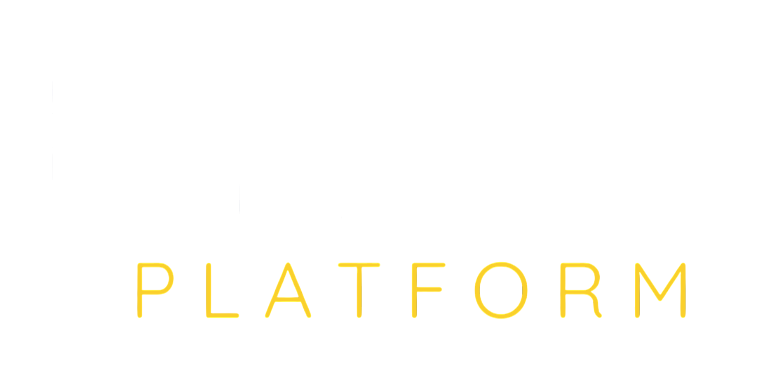
What Is Content Pruning and Why It Matters for SEO
7/19/2025
If you've been consistently publishing content on your website for months or even years you might assume that more content automatically means better SEO. But that's not always true. In fact, outdated, irrelevant, or underperforming content can weigh your site down. That's where content pruning comes in.
So, what is content pruning, and why are leading marketers using it to improve search performance? Let's explore how it works, when you should do it, and the real impact it can have on your SEO strategy.
What Is Content Pruning?
Content pruning is the process of reviewing and selectively removing or updating outdated, low-performing, or irrelevant content from your website to improve overall quality and SEO performance.
Just like pruning a plant helps it grow stronger by removing dead or unproductive branches, pruning your website content helps search engines focus on your most valuable and relevant pages.
The goal isn't to delete content randomly it's about making strategic decisions that strengthen your site's authority, usability, and ranking potential.
Why Content Pruning Matters for SEO
Now that we understand what content pruning is, let's dive into why it matters.
Search engines like Google prioritize high-quality, relevant content. If your site has hundreds of outdated blog posts, thin pages, or articles that no longer serve a purpose, it can dilute your site's topical authority.
Here's how content pruning improves SEO:
-
Improves crawl efficiency: Search engines have limited crawl budgets. Removing irrelevant or duplicate content ensures important pages are indexed.
-
Boosts average content quality: By eliminating low-quality posts, you raise the overall perceived quality of your site.
-
Reduces keyword cannibalization: Too many similar articles can confuse search engines. Pruning prevents internal competition for the same terms.
-
Enhances user experience: Visitors are more likely to stay and engage when the content is current, relevant, and helpful.
In short, pruning improves your content-to-quality ratio and search engines take notice.
What Types of Content Should You Prune?
Pruning doesn't mean deleting content for the sake of it. It requires a thoughtful audit. Here are some of the types of content worth reviewing:
- Old blog posts with outdated stats or broken links
- Pages with little or no traffic for 6–12 months
- Content with duplicate or overlapping topics
- Posts targeting keywords you now cover more effectively elsewhere
- Thin content (under 300 words) with no clear purpose
The best approach is to use analytics tools (like Google Search Console and GA4) to identify pages with high bounce rates, low dwell time, or zero organic traffic.
Should You Delete or Update?
One of the biggest misconceptions about content pruning is that it always means deleting pages. In reality, pruning can also involve updating and consolidating.
Here are your options:
-
Update: If the topic is still relevant but outdated, update the stats, improve formatting, and refresh SEO metadata.
-
Consolidate: Merge similar articles into one comprehensive, authoritative piece.
-
Redirect: If you're deleting content, always use 301 redirects to point to the most relevant live page.
-
Delete: If the content adds no value and can't be repurposed, it's safe to remove.
Knowing what content pruning involves isn't just about cutting it's about curating what you keep.
How Often Should You Prune Content?
There's no one-size-fits-all answer, but most websites benefit from doing a content audit and pruning session every 6 to 12 months. This ensures that your site remains lean, relevant, and aligned with your current SEO goals.
For sites that publish frequently (such as blogs or media companies), quarterly pruning can help keep things in shape and avoid a buildup of digital clutter.
What Is Content Pruning's Role in a Long-Term SEO Strategy?
Think of pruning as quality control. In today's SEO landscape, quality matters far more than quantity. Google's helpful content updates and E-E-A-T (Experience, Expertise, Authoritativeness, and Trust) framework further emphasize the need for value-driven content.
When done right, content pruning can:
- Increase your average rankings
- Boost organic traffic to important pages
- Strengthen internal linking structure
- Elevate your overall site authority
And it's not just an SEO boost it's a better experience for your users, too.
Clean, Curated, and Competitive That's the Bytes Platform Approach
At Bytes Platform, we believe in smart, sustainable SEO. That means knowing when to create and when to clean. If you're sitting on years of content and not sure what's helping or hurting your SEO, we can help you audit, prune, and rebuild your content for long-term growth.
Get in touch today for a free content audit consultation. Let's trim the fluff, sharpen your focus, and help your site rank higher without gaming the system.
Related Articles

6 Predictions for the Future of AI Search in 2026
6 Predictions for the Future of AI Search in 2026

Cloud Storage vs Local Storage Security: Which Is Safer for Your Data
Cloud Storage vs Local Storage Security: Which Is Safer for Your Data

Building Effective Marketing Strategies
Building Effective Marketing Strategies

